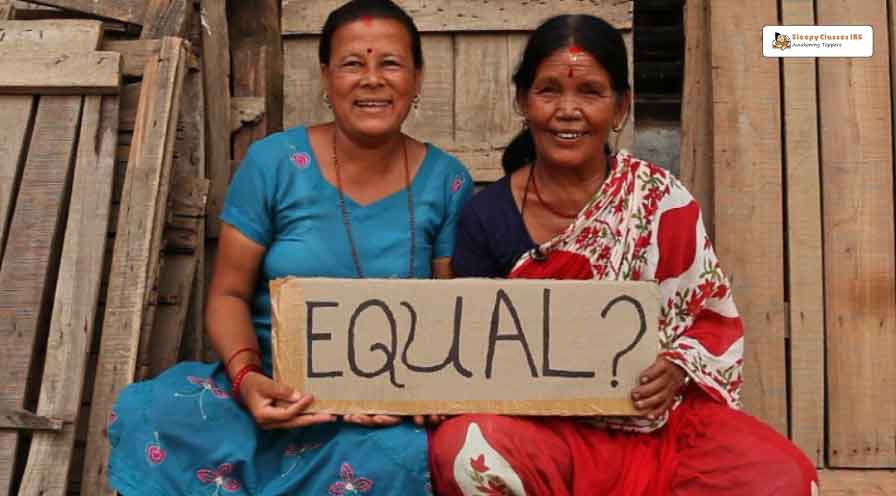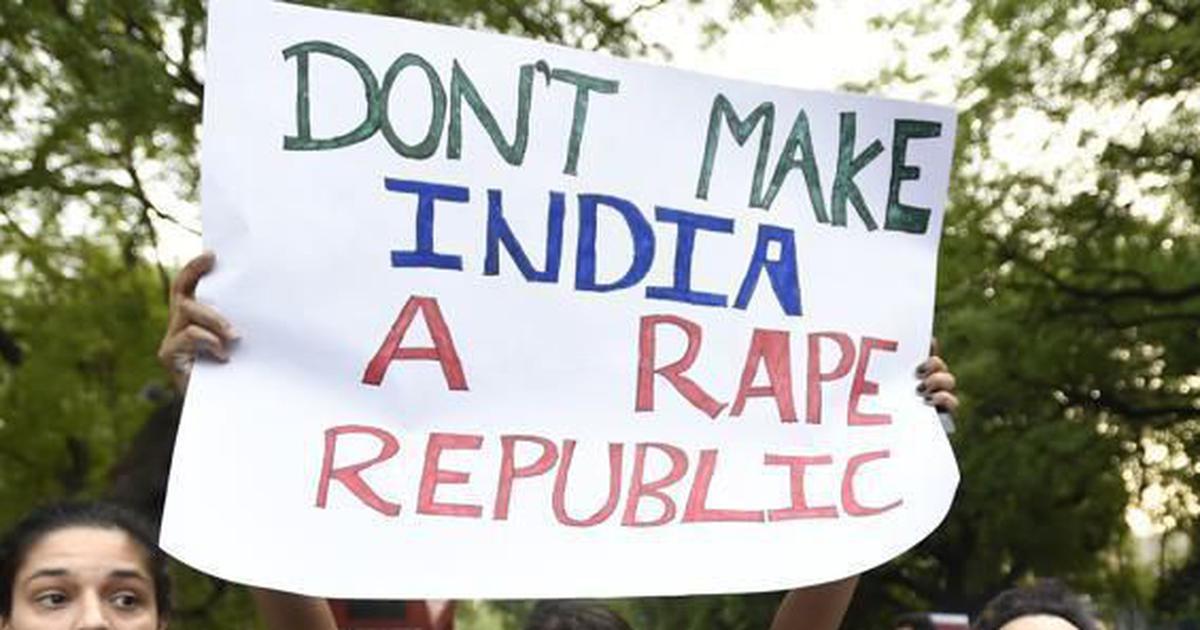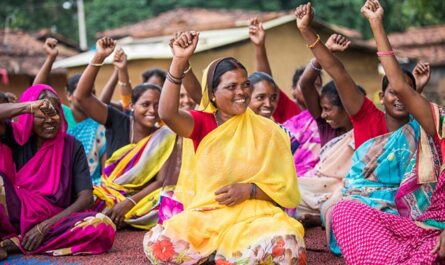Gender-based issues have been deeply rooted in Indian society for centuries, affecting women, men, and the LGBTQ+ community in various ways. While progress has been made in terms of legal rights and social awareness, gender discrimination continues to persist in multiple aspects of life, from education and employment to safety and personal freedoms. In this blog, we will explore the major gender-based issues in India and discuss possible solutions for a more inclusive and equal society.



Introduction
Despite progress in various sectors, India continues to face significant gender-based issues that affect the lives of millions of women and girls. These issues are rooted in cultural norms, historical inequalities, and systemic discrimination that continue to restrict opportunities and rights. This blog explores some of the most pressing gender-based problems in India, their causes, and potential solutions.
1. Unequal Access to Education
While there has been an increase in girls’ enrollment in schools, many still drop out due to poverty, early marriage, or lack of proper sanitation facilities.
- Rural areas and marginalized communities face the highest dropout rates.
- Societal beliefs that prioritize boys’ education over girls’ are still prevalent.
Solution: Government schemes like Beti Bachao Beti Padhao, awareness campaigns, and community-driven programs can help bridge this gap.
2. Gender-Based Violence
Violence against women remains one of the most severe gender issues in India:
- Domestic violence
- Rape and sexual harassment
- Acid attacks
- Honor killings
According to NCRB data, crimes against women are rising, and many cases still go unreported due to stigma or fear.
Solution: Stronger legal frameworks, fast-track courts, victim support services, and public awareness can help address this issue.
3. Workplace Discrimination & Pay Gap
Women often face discrimination at workplaces, including:
- Unequal pay for the same work
- Fewer promotions and leadership roles
- Sexual harassment and lack of maternity benefits
Solution: Implementation of equal pay policies, more inclusive HR practices, and a zero-tolerance approach to workplace harassment.
4. Child Marriage and Early Pregnancy
Despite being illegal, child marriage is still practiced in several parts of India. It often leads to early pregnancy, which affects girls’ health and education.
Solution: Empowering communities through education, stricter law enforcement, and encouraging girls to stay in school.
5. Reproductive Rights and Health
Women in many regions lack access to quality healthcare and information about reproductive rights:
- Poor maternal health services
- Limited access to contraception
- Cultural taboos around menstruation and sexual health
Solution: Better healthcare infrastructure, reproductive health education, and removing taboos through open dialogue.
6. Dowry System and Marital Pressures
The dowry system still persists in modern India, leading to financial strain, domestic abuse, and in extreme cases, dowry deaths. Women also face pressure to marry early and often lack autonomy in choosing their partners.
Solution: Legal enforcement, social awareness, and empowering women to be financially independent.
7. Limited Political Representation
Women are underrepresented in Indian politics and decision-making roles.
- Even though reservation exists at the panchayat level, national and state-level representation is low.
Solution: Reservation bills, leadership training programs for women, and changing public attitudes toward women leaders.
Conclusion
Gender-based issues in India are deeply entrenched, but they are not impossible to overcome. Through education, policy reforms, social awareness, and community involvement, we can work toward a more equitable society where everyone, regardless of gender, has equal opportunities to live, grow, and thrive.
What are your thoughts on gender-based issues in India? Let us know in the comments below.




